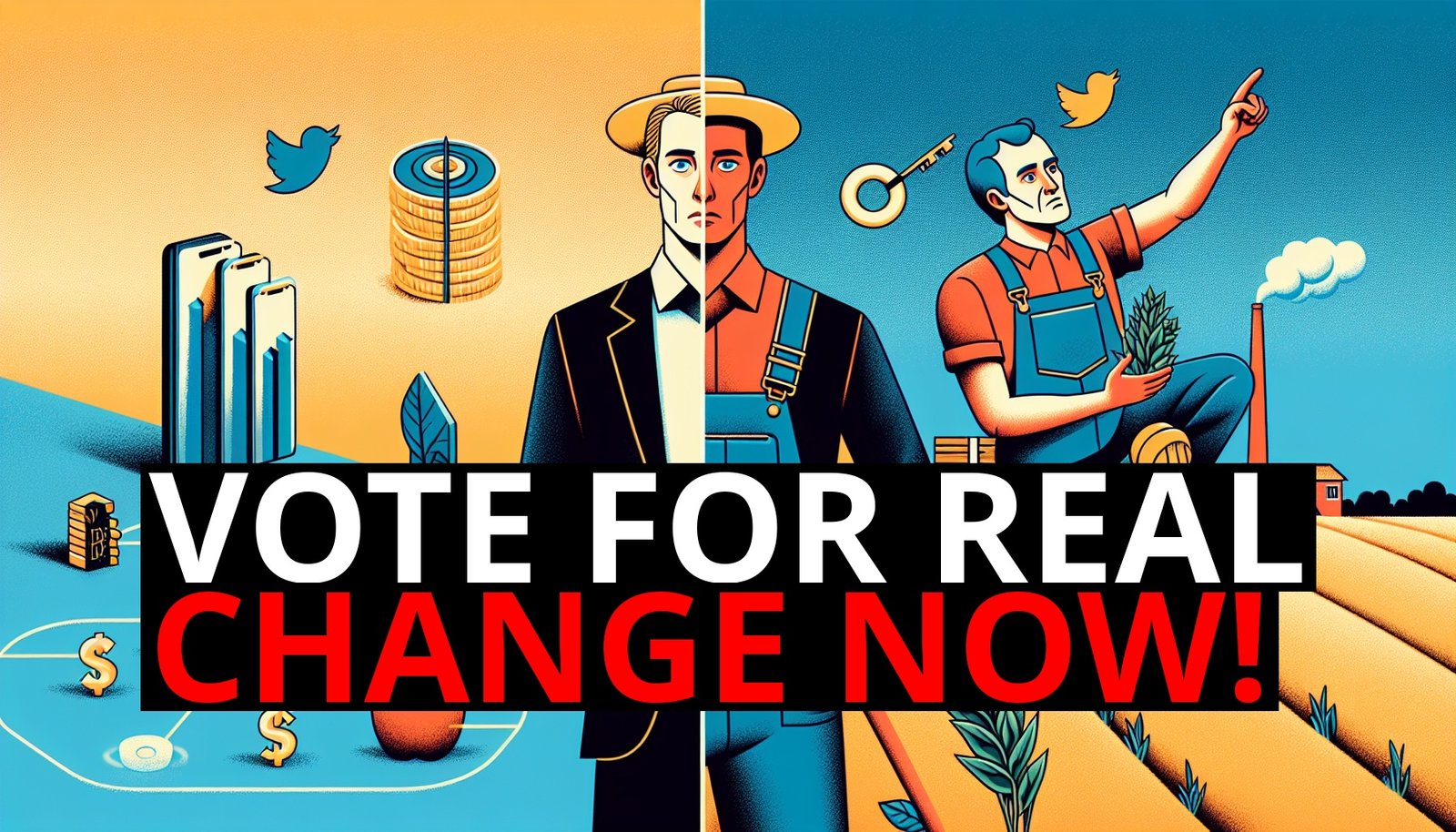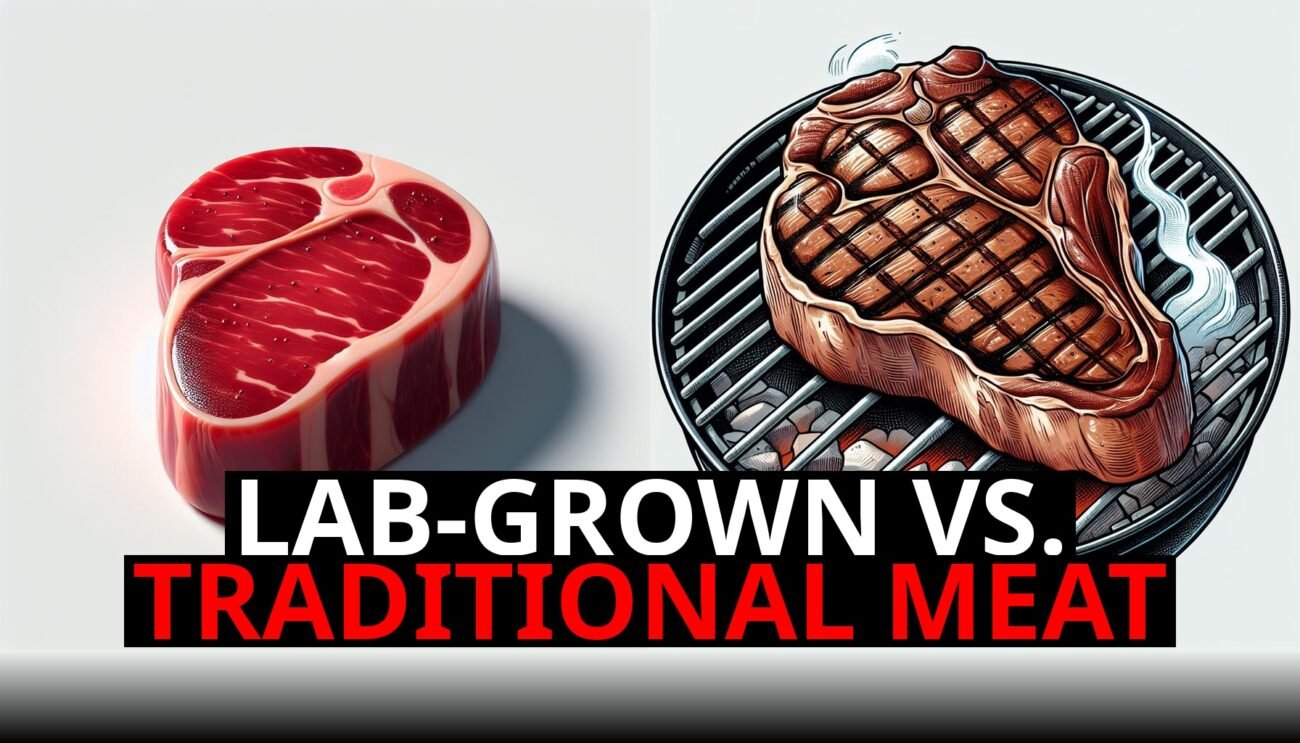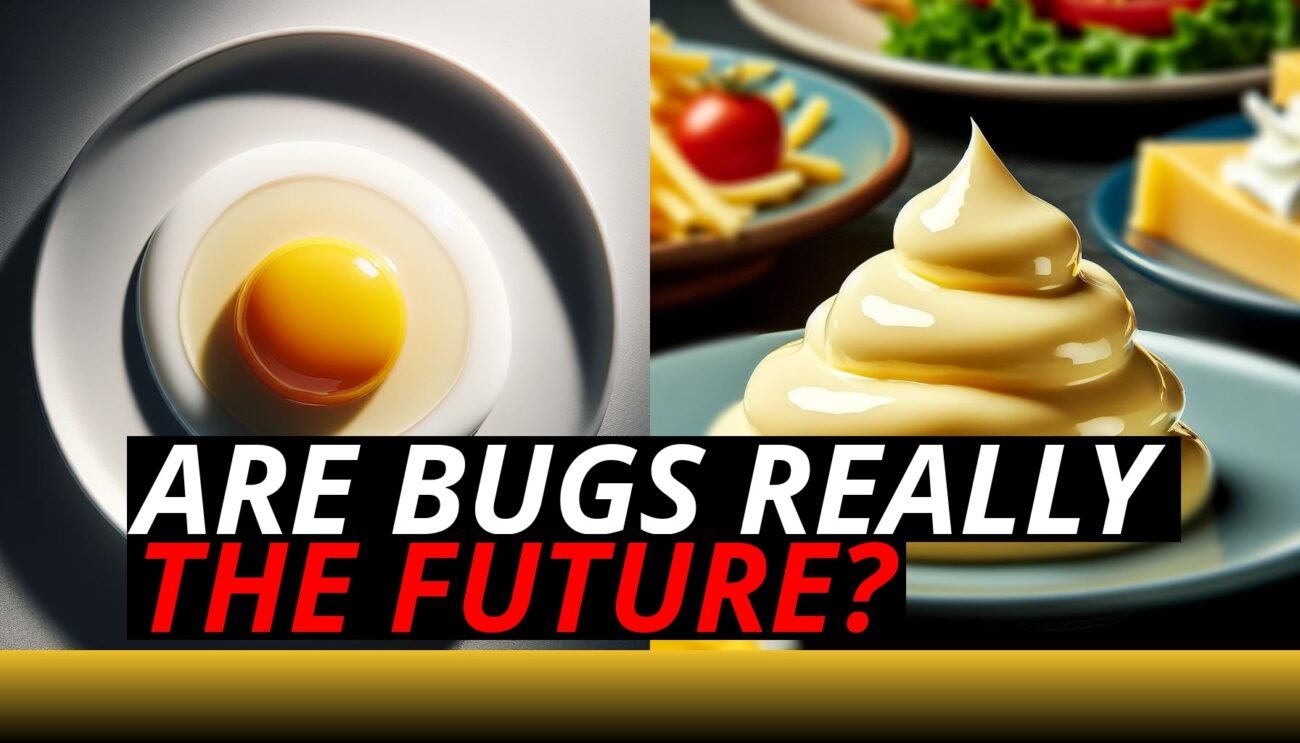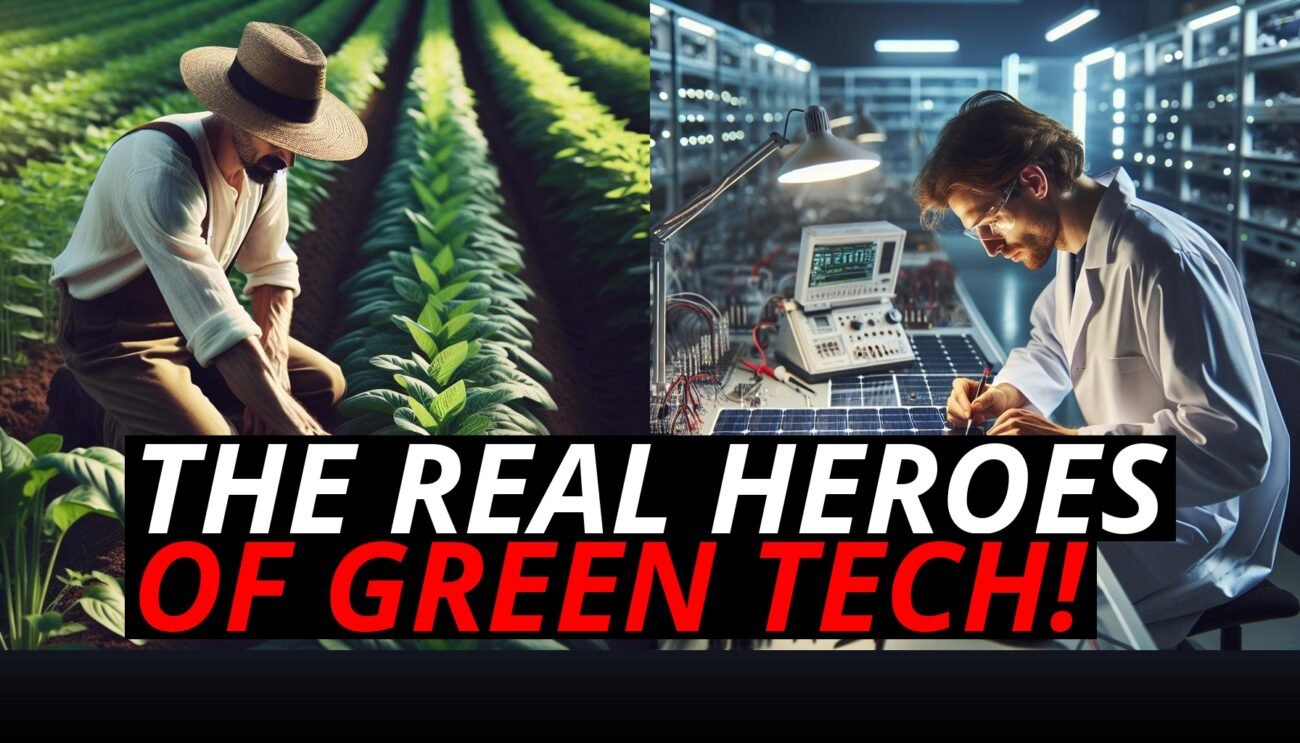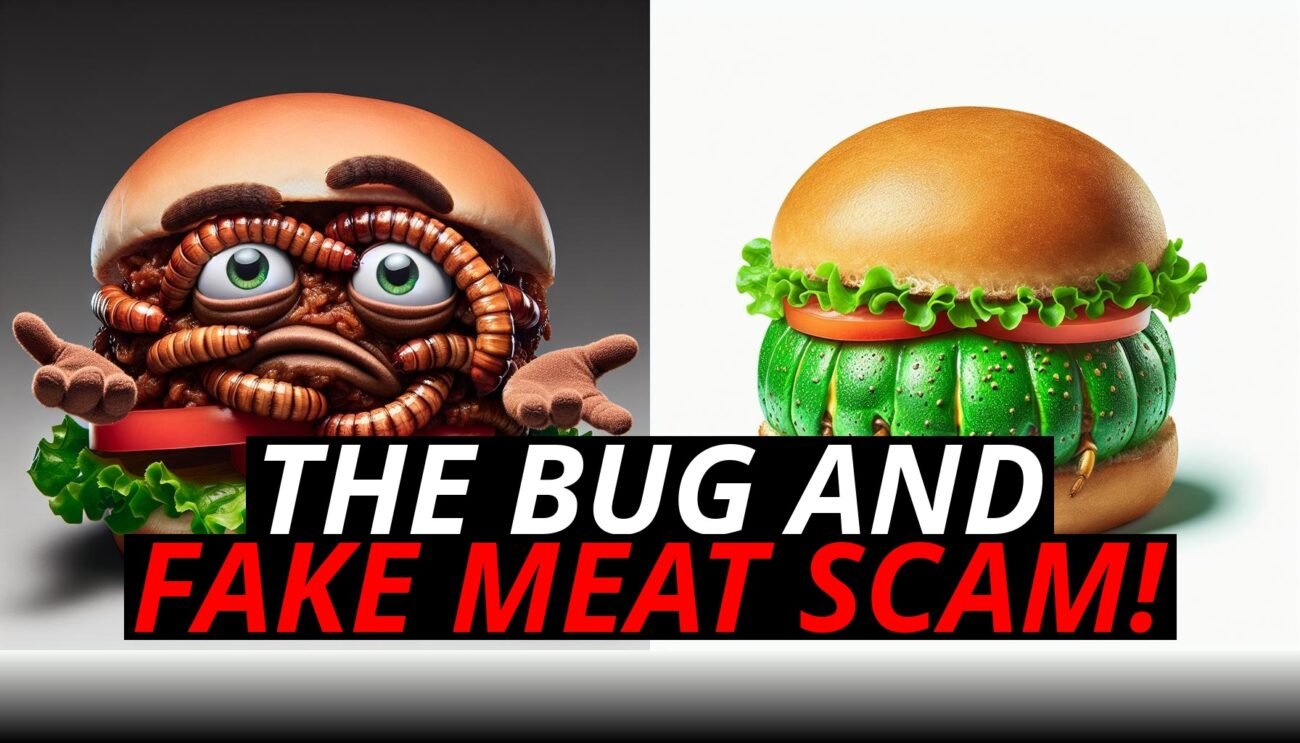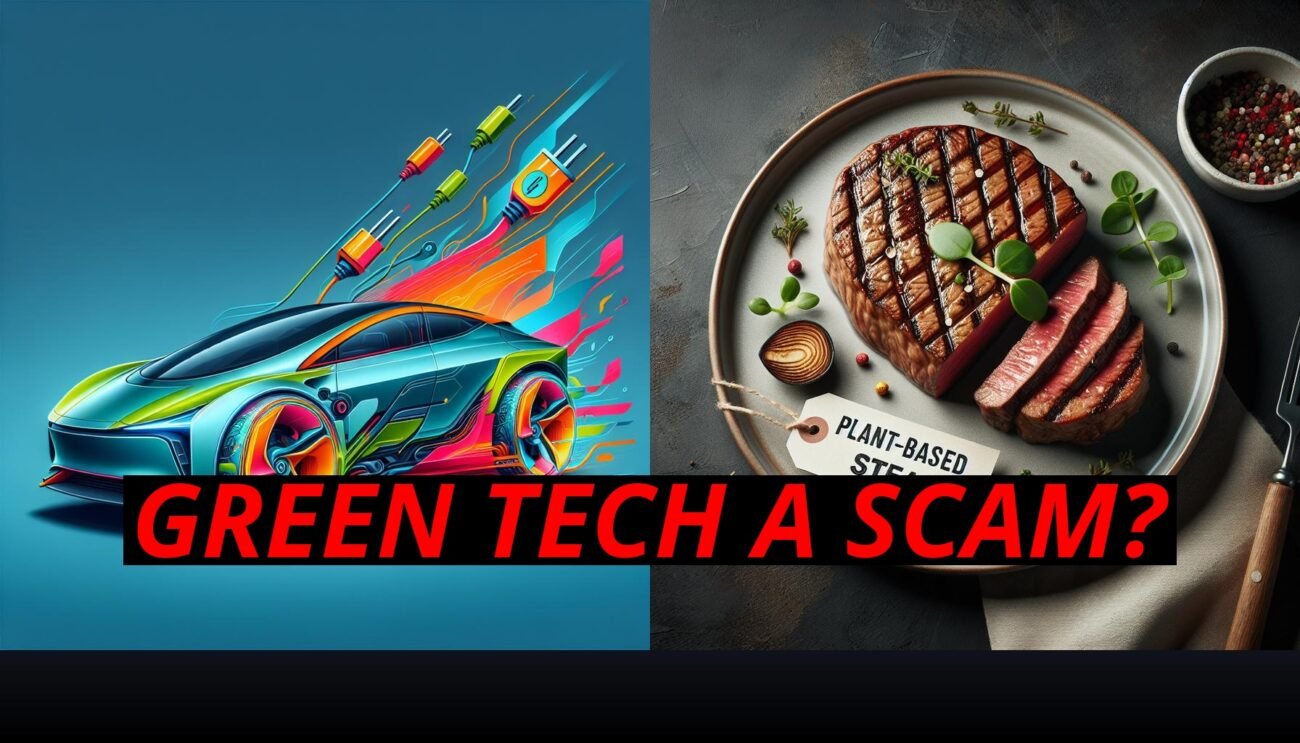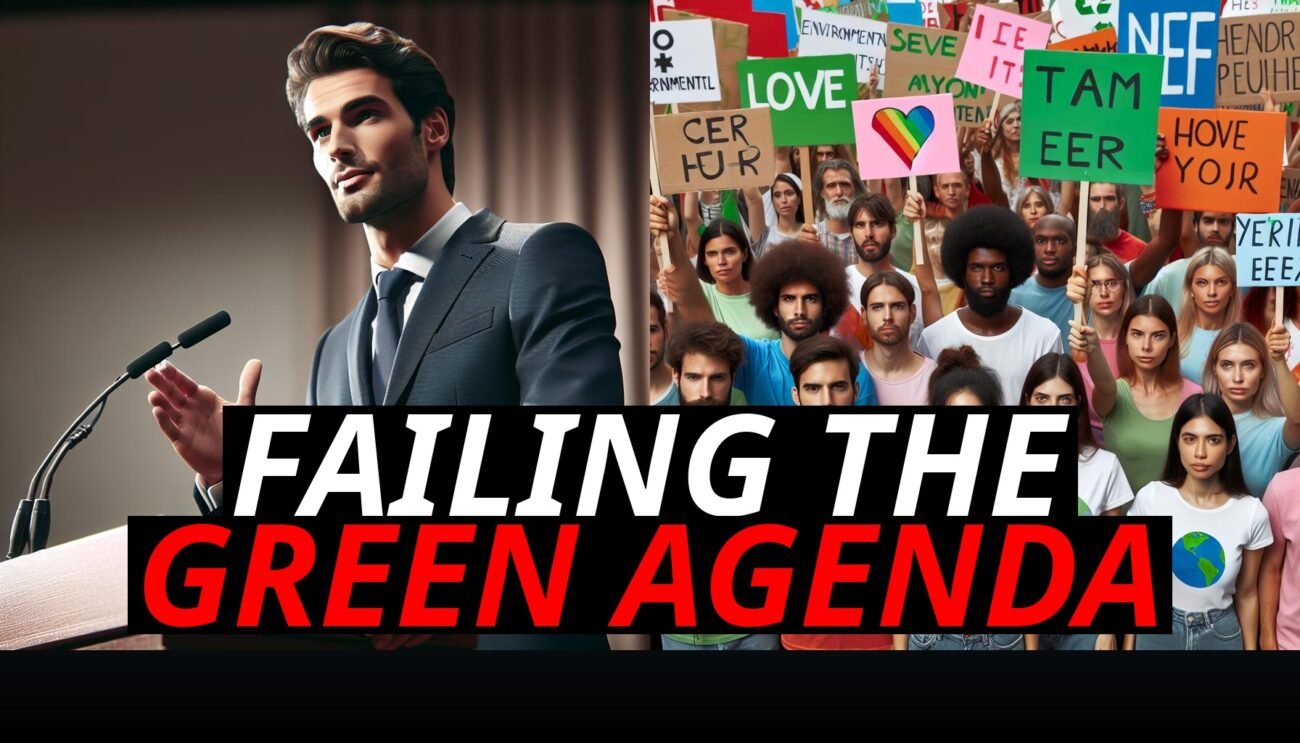Imagine a world where your car runs on clean energy, and your meals are guilt-free thanks to plant-based meat alternatives. Sounds like a dream, right? It’s a vision that’s been pushed by politicians and corporations alike—promising that electric vehicles (EVs) and fake meat will solve all our environmental problems. But what if that dream is built on flawed assumptions? What if the very things being touted as the solutions are, in fact, disconnected from the real-world needs of the average person?
Let’s dive into why this gap between politicians’ grand plans and everyday reality means that EVs and fake meat might not be the answers we’ve been led to believe.
Electric Vehicles: Not As Practical As Politicians Think
Politicians are rushing to mandate the adoption of electric vehicles, promoting them as the future of green transportation. But here’s the issue: the practicality of EVs in the real world is far from what politicians envision.
The Charging Infrastructure Problem: In the speeches and press releases, EVs sound like a perfect solution, but what they often fail to mention is the lack of charging infrastructure. Sure, EVs are great in theory, but if you don’t have reliable access to charging stations, especially if you live in rural areas or apartments, owning one can be a nightmare. Unlike filling up at a gas station in under five minutes, charging an EV can take hours, and charging stations are few and far between outside of major cities.
Upfront Costs and Affordability: EVs may save on fuel in the long run, but their upfront costs are still significantly higher than traditional gasoline cars. Even with government incentives, many people simply can’t afford the switch. Politicians seem to assume everyone has the money to make that leap, but the reality is far different. For many working-class families, an electric vehicle is an expense they can’t justify.
Battery Lifespan and Replacement Costs: Here’s something that rarely gets discussed: battery degradation. Over time, an EV’s battery loses efficiency, reducing the car’s range and leaving the owner with a hefty bill for battery replacement. This cost often comes as an unpleasant surprise, especially for second-hand EV owners. Politicians may not talk about it, but the average consumer sure feels the sting when those replacement costs come around.
Fake Meat: A Processed “Solution” To A Complex Problem
Meanwhile, the same political forces pushing EVs are often the loudest voices behind the promotion of fake meat as a way to fight climate change. But much like electric cars, fake meat isn’t as perfect as it’s made out to be.
Highly Processed and Full of Additives: Fake meat is often marketed as a healthier, more sustainable alternative to traditional meat. However, most plant-based meat alternatives are highly processed, filled with chemicals and additives to mimic the taste and texture of real meat. Is swapping a natural product for something made in a lab really the solution we need? Many consumers don’t think so, and they’re increasingly wary of how “healthy” these alternatives truly are.
Environmental Trade-Offs: Politicians may love to tout the environmental benefits of fake meat, but they often gloss over the negative agricultural impacts. Many of the crops used to make fake meat, like soy and peas, are grown using monocropping—a farming practice that strips the soil of nutrients and requires large amounts of pesticides. So while we’re reducing the environmental impact of livestock, we’re creating a new set of problems with how we grow these plant-based alternatives.
Cost and Consumer Appeal: Let’s face it—fake meat is expensive, and it doesn’t taste the same. While it’s appealing to some niche markets, the broader population isn’t rushing to ditch their burgers for highly processed alternatives. Politicians might be excited about the shift, but for the average consumer, fake meat often feels like an overpriced, unsatisfying substitute for the real thing.
Politicians Push, Consumers Pay: The Real Disconnect
The problem with both EVs and fake meat lies in the disconnect between politicians and the people they’re supposedly helping. Decisions are being made at the top levels of government without fully understanding how these policies impact the day-to-day lives of the people they serve.
Top-Down Policies Ignore Practical Realities: When politicians push for widespread EV adoption or plant-based meat alternatives, they often focus on the big picture—theoretical environmental benefits, emission reductions, and production goals. What they miss is the practical realities of making these changes. EVs and fake meat may work in cities or affluent areas, but what about rural communities or lower-income families? The one-size-fits-all approach doesn’t consider the varied needs and limitations of different regions and demographics.
Subsidies and Quotas Over Common Sense: Governments offer subsidies to encourage consumers to buy EVs or adopt fake meat diets, but these policies often don’t reflect market demand. Just because there’s a push for production doesn’t mean there’s a strong consumer desire. People aren’t necessarily looking for high-cost, high-tech solutions to problems they didn’t ask to solve. The focus should be on what works for consumers, not just hitting production quotas or meeting arbitrary environmental targets.
What’S Really Needed: Practical, Consumer-Centric Solutions
The truth is, we need real-world solutions that take into account the needs and concerns of the average person, not just the ideals of politicians and lobbyists.
Affordable, Sustainable Cars: Instead of focusing solely on electric vehicles, why not improve the fuel efficiency of traditional gasoline cars or invest in hybrid technology that blends the benefits of both gas and electric? These solutions are more affordable, and don’t require the complete overhaul of our energy infrastructure.
Support for Local, Sustainable Agriculture: Instead of relying on processed fake meat, governments could invest in regenerative farming practices that allow for more sustainable, local meat production. This approach improves soil health, reduces emissions, and provides consumers with natural, nutrient-dense food that doesn’t require a lab to produce. Supporting small farms and sustainable practices can have a far greater impact than pushing for plant-based alternatives that still come with environmental trade-offs.
Realistic Energy Policies: If we’re going to rely on electric vehicles, we need to address the energy gap. Governments should focus on building a reliable, renewable energy grid that can actually handle the demands of widespread EV use. Without the infrastructure in place, pushing for 100% EV adoption is like trying to build a house without a foundation—it’s doomed to fail.
The Path Forward: Closing The Gap Between Politicians And The People
In the end, the disconnect between politicians and real-world solutions is glaring. EVs and fake meat may sound good in press releases, but for the average person, they’re far from the ideal solution. If we want to address environmental challenges, we need to focus on consumer-centric approaches that prioritize practicality, affordability, and sustainability.
It’s time to close the gap between top-down policies and real-world needs. By focusing on solutions that work for the average consumer, not just for political optics, we can move toward a more sustainable future—one that doesn’t leave people behind in the name of progress.

